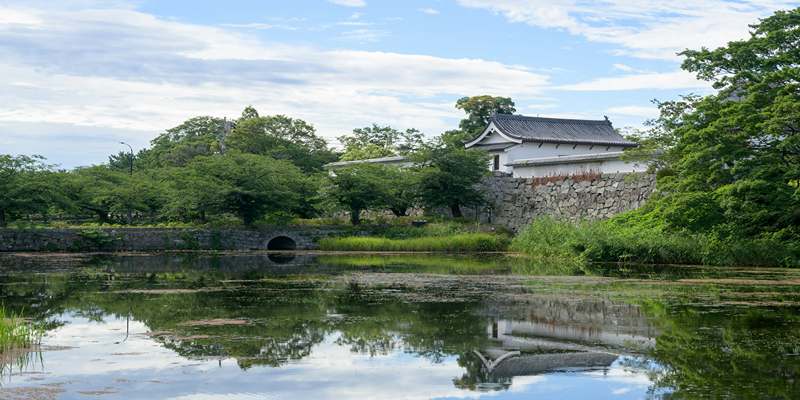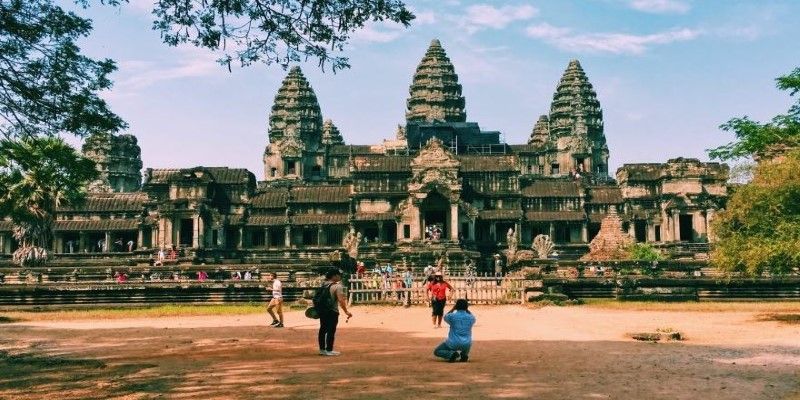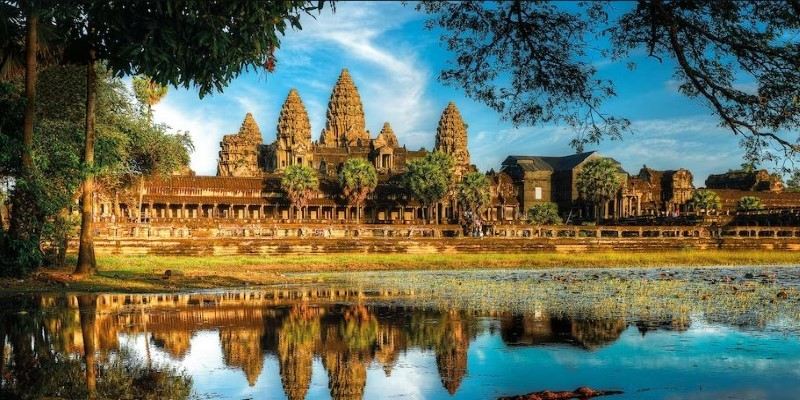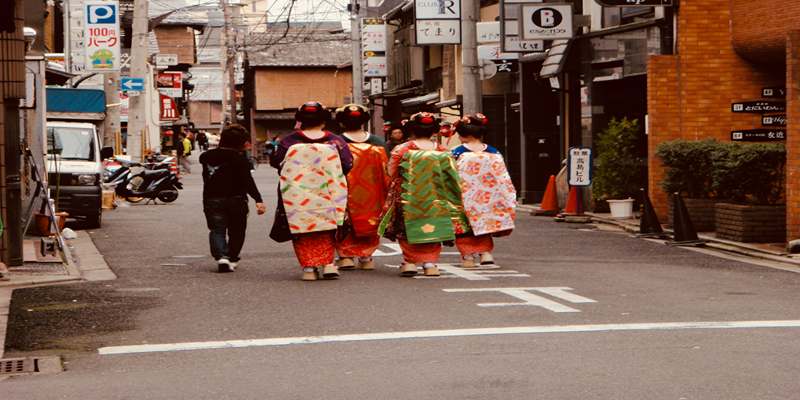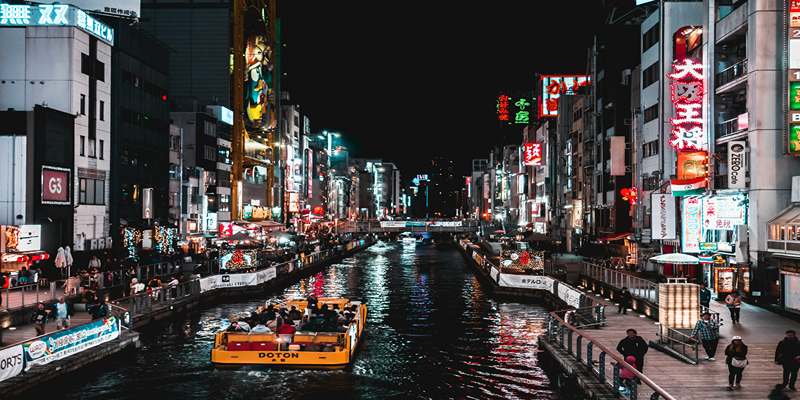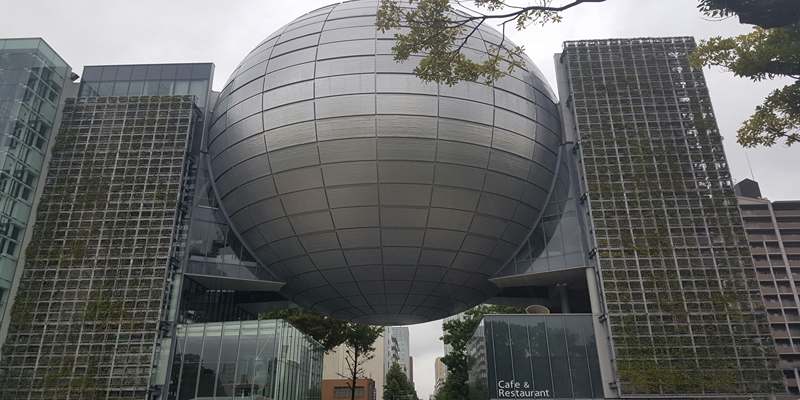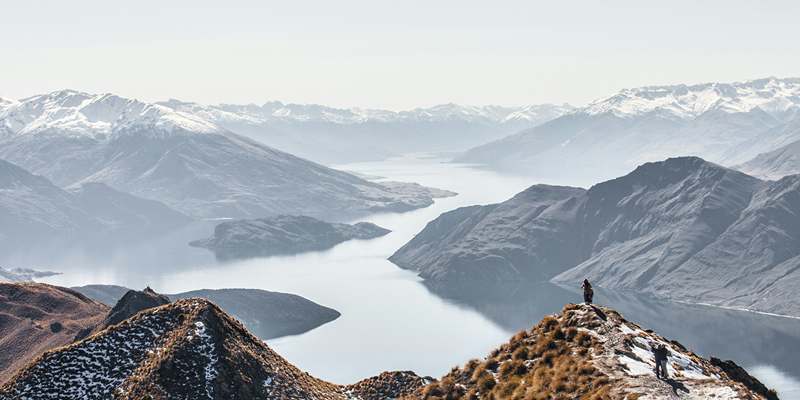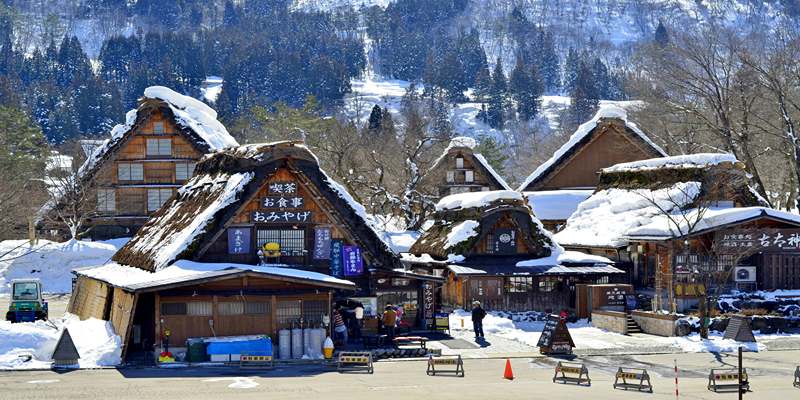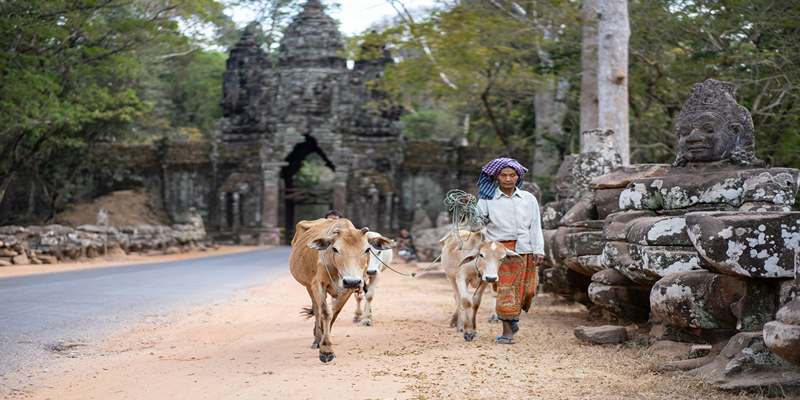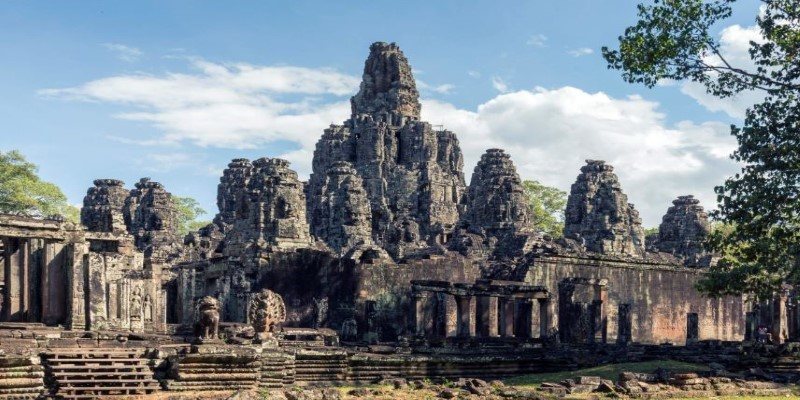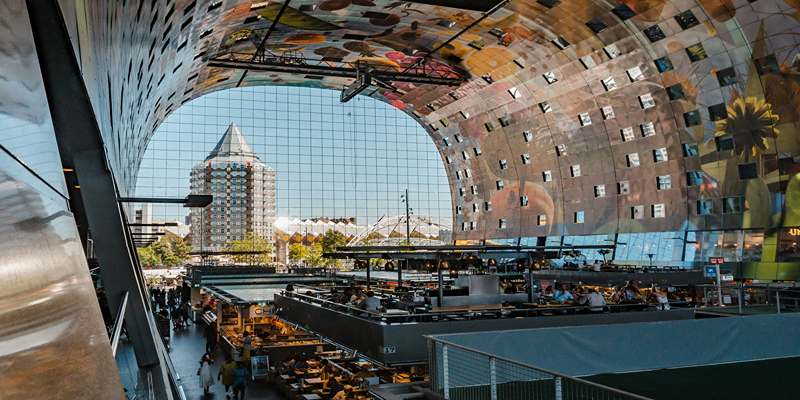Nestled in the heart of Cambodia’s Angkor Thom, Bayon Temple stands as a stunning testament to the ingenuity and devotion of the Khmer Empire. Known for its towering stone faces, each seemingly watching over the land, this 12th-century marvel invites curiosity and wonder.
As you walk through its winding corridors, the faces carved into the temple's numerous spires look as if they're watching your every step, an almost otherworldly experience. Whether you're a hardcore history enthusiast or merely a traveler who's in wonder at the ancient architecture, Bayon is a fascinating glimpse into Cambodia's religious and cultural past.
Bayon Temple: A Journey into the Past
In the center of Angkor Thom lies Bayon Temple, a Khmer architectural masterpiece and the final great temple of the Angkorian period. Differing from previous Hindu temples honoring Vishnu or Shiva, Bayon indicates King Jayavarman VII's commitment to Mahayana Buddhism, signaling a great religious change in the empire. Constructed in the late 12th century, it represented both spiritual change and political power, serving as the king's royal state temple.
Bayon's building was a remarkable achievement. Made largely of sandstone, the temple blocks were hauled from remote quarries, reflecting the sophisticated engineering prowess of Khmer craftsmen. The temple's layout differs from the previous Angkorian buildings, with its elaborate corridors, raised walkways, and a multi-level base that adds to its majesty.
The most astonishing feature of Bayon Temple is its 54 towers, each featuring gigantic stone faces. The tranquil yet foreboding faces—more than 200—have an intriguing look that intrigues scholars and travelers alike. While some think they symbolize Avalokiteshvara, others believe they portray King Jayavarman VII himself, affirming his divine right. Spiritual icon or political declaration, Bayon's faces remain mesmerizing, representing the timeless legacy of Cambodia's greatest monarch.
The Faces of Bayon: Unraveling the Mystery
The faces of Bayon Temple are its most striking and captivating feature. Masterfully carved with precision, they vary in expression, yet all share a serene, almost otherworldly quality that adds to the temple's mystery. The most widely accepted belief is that these faces represent Avalokiteshvara, the Buddhist deity of compassion. However, some historians argue that they may also depict King Jayavarman VII himself, possibly as a means of immortalizing his divine rule.
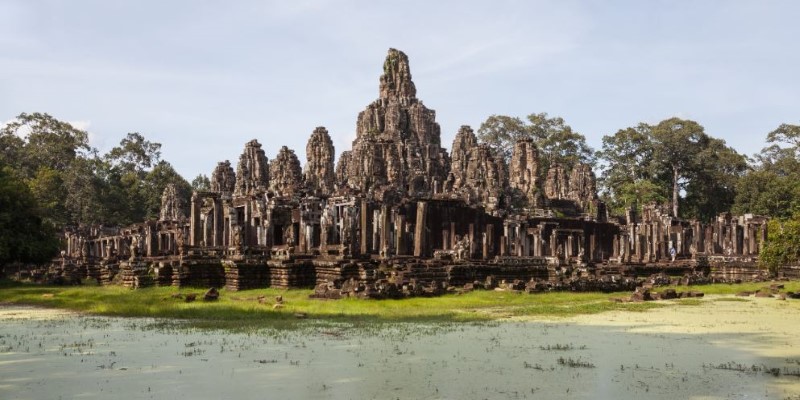
Each face is approximately 3 meters tall, making them an imposing presence within the temple. The faces are carved into the central towers, strategically placed so that they are visible from nearly every angle. This positioning may symbolize the king's omnipresence, as if he were watching over his people from every direction. The enigmatic smiles that adorn the faces only deepen the temple's allure, as they seem to convey various emotions, depending on the viewer's perspective.
The intricate and complex architecture of Bayon Temple is designed to evoke awe and reverence. As you move through its passageways, the faces seem to follow your every step, creating an immersive and reflective experience. This constant interaction between the temple's design and its visitors highlights the deep spiritual and political symbolism embedded in Bayon Temple, making it not only a religious monument but a powerful statement of the Khmer Empire's grandeur.
The Role of Angkor Thom in the Khmer Empire
Bayon Temple stands at the heart of Angkor Thom, the last and most formidable city of the Angkorian era. Built by King Jayavarman VII, Angkor Thom was not just a capital—it was a statement of power, resilience, and spiritual transformation. Enclosed by towering walls and a vast moat, the city functioned as both a fortress and a sacred center, reinforcing the king’s vision of a unified empire under Mahayana Buddhism.
Beyond Bayon, Angkor Thom boasted architectural marvels like the South Gate, the Elephant Terrace, and the Leper King Terrace. These structures were adorned with intricate carvings depicting mythology, battles, and divine imagery, showcasing the artistic mastery of the Khmer civilization. The layout of Angkor Thom was meticulously planned, with Bayon Temple as its spiritual and political core.
The enigmatic faces of Bayon’s towers symbolize unity, divinity, and leadership. While some believe they depict Avalokiteshvara, others suggest they represent King Jayavarman VII himself, emphasizing his dual role as a ruler and spiritual guide. More than a city, Angkor Thom was a reflection of the Khmer Empire’s ambitions—blending military might, religious devotion, and artistic grandeur into one enduring legacy.
Visiting Bayon Temple: A Timeless Experience
Today, Bayon Temple continues to be one of Cambodia's most visited tourist destinations, attracting travelers from all over the world who come to marvel at its architecture and the faces that have withstood centuries of wear and tear. Visitors often find themselves in awe of the temple's grandeur and the sense of peace that seems to radiate from the countless faces carved into the towers.
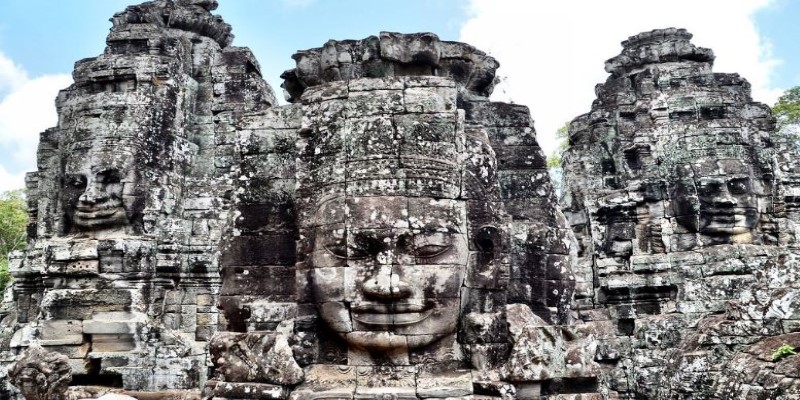
Exploring Bayon Temple from different angles reveals its dynamic beauty. The faces seem to shift with each step, offering new perspectives and emotions. Visitors often notice how changing light alters their expressions, adding to the temple’s mystique. Shadows cast by the sun bring depth and movement, making it an interactive experience rather than a static monument. Each visit feels unique, shaped by time, light, and personal perspective.
The temple's location within Angkor Thom also means that visitors can experience other important historical sites in the area, including the famous Terrace of the Elephants and the Leper King Terrace. Each of these sites offers insights into the history of the Khmer Empire and its fascinating rulers. Together, these attractions make Angkor Thom a must-see destination for anyone interested in Cambodia's rich cultural heritage.
Conclusion
Bayon Temple stands as a timeless masterpiece, its enigmatic faces watching over Angkor Thom with quiet majesty. A symbol of Cambodia’s rich history, it reflects the spiritual and political legacy of the Khmer Empire. Walking among its intricately carved towers, visitors experience an atmosphere of mystery and reverence. The temple’s unique architecture and profound symbolism make it a must-visit destination. Bayon is more than an ancient structure—it’s a bridge to the past, preserving the essence of a lost civilization.

